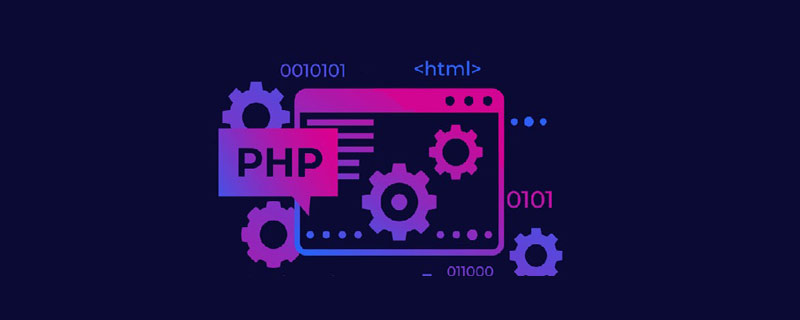
php rmdir method to delete a non-empty directory: first create a PHP sample file; then define a delDir function; then traverse the directory and read out the files or folders in the directory; finally delete through the unlink and rmdir functions Files and empty directories are sufficient.

#The operating environment of this article: Windows7 system, PHP7.1, Dell G3 computer.
We all know that the php rmdir() function is used to delete empty directories, but if we want to delete a non-empty directory, we must delete the files or subdirectories in the non-empty directory. This article introduces php to you How to use recursive functions to delete non-empty directories, friends in need can refer to
First, let me introduce the rmdir() function.
php rmdir() function
rmdir - delete empty directory
Syntax:
bool rmdir ( string $dirname [, resource $context ] )
Try to delete the directory specified by dirname. The directory must be empty and must have appropriate permissions. An E_WARNING level error will be generated on failure.
Parameters:
1.dirname: The path to the directory.
2.context: Added support for context in PHP 5.0.0.
php rmdir() deletes a non-empty directory
As mentioned above, the rmdir() function can only delete empty directories. If it is a non-empty directory, you need to enter the directory first and use unlink( ) function deletes every file in the directory, and then comes back to delete the empty directory. If there are subdirectories in the directory and the directory is not empty, you need to use the recursive method. The source code of the custom recursive function to delete a directory is as follows:
In addition to processing recursive deletion of non-empty directories, we can also use the operating system command "rm -rf" to delete non-empty directories, but we must also consider security and Consider cross-platform considerations and try not to use it.
[Recommended learning: "PHP Video Tutorial"]
The above is the detailed content of How to delete non-empty directory in php rmdir. For more information, please follow other related articles on the PHP Chinese website!




